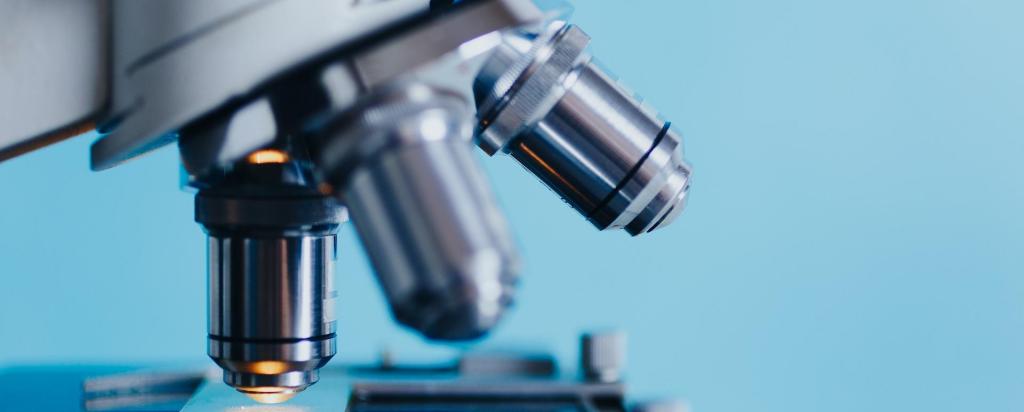Supply of nuclear medicine in the news
Lutetium-177 used for advanced prostate cancer

Showing 721 - 740 of 1204 results
Lutetium-177 used for advanced prostate cancer
Think Science! 2023 Summary and Results
Agreement extends Taiwan’s National Synchrotron Radiation Research Center’s operation of neutron scattering instrument at ANSTO
Early research at ANSTO has contributed to development of innovative submicron particle encapsulation technology.
Progress on tailorable nanoscale emulsion for a wide variety of applications including drug delivery
The complex engineering of scientific instruments is explored in this 'behind the scenes' look at the installation of frontends for two new beamlines at the Australian Synchrotron.
ANSTO publishes amendments to annual reports on this page.
The proof of concept for the approach used in the early development of the new gamma-ray imaging system has been published,
Insights into the behaviour of structural materials in a molten salt environment
A new study has shown that, rather than being discarded, plastics can be transformed into valuable carbon nanomaterials that help solve both energy and environmental challenges.

John Lawson is a Specialist Hydrometallurgist working with the ANSTO Minerals business unit.
Moving earth in the search for dark matter: laboratory construction underway at mine site.
ANSTO Synroc technology provides a safe, secure matrix for the immobilisation and final disposal of radioactive waste.
A large international research team led by Academia Sinica in Taiwan investigated how heat is transferred in an advanced thermoelectric material made with germanium (Ge) and tellurium (Te) and doped with antimony (Sb). These devices are used to power space probes such as the Mars Curiosity Rover.
International fusion researchers, including ANSTO’s Dr Richard Garrett, have recently returned from ITER in France where they attended a meeting of the coordinating committee of the International Tokomak Physics Activity (ITPA).
International fusion researchers recently returned from ITER in France where they attended a meeting of the coordinating committee of the International Tokomak Physics Activity.